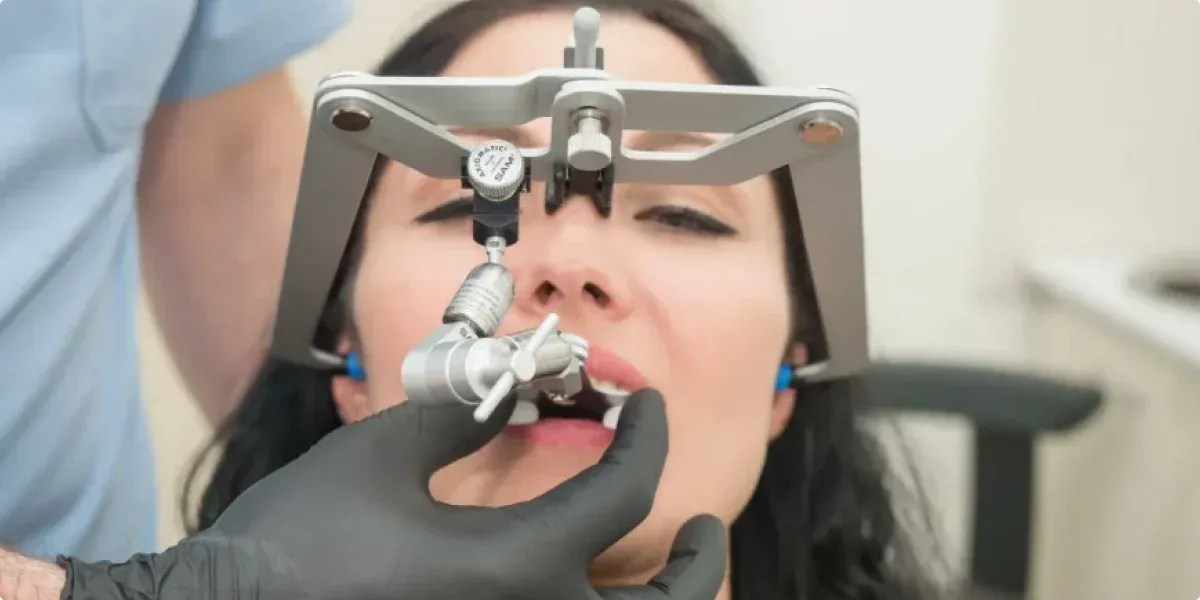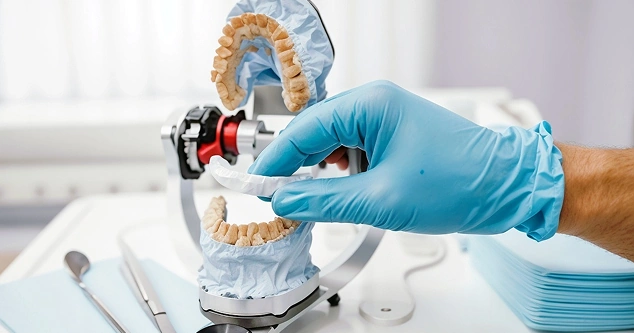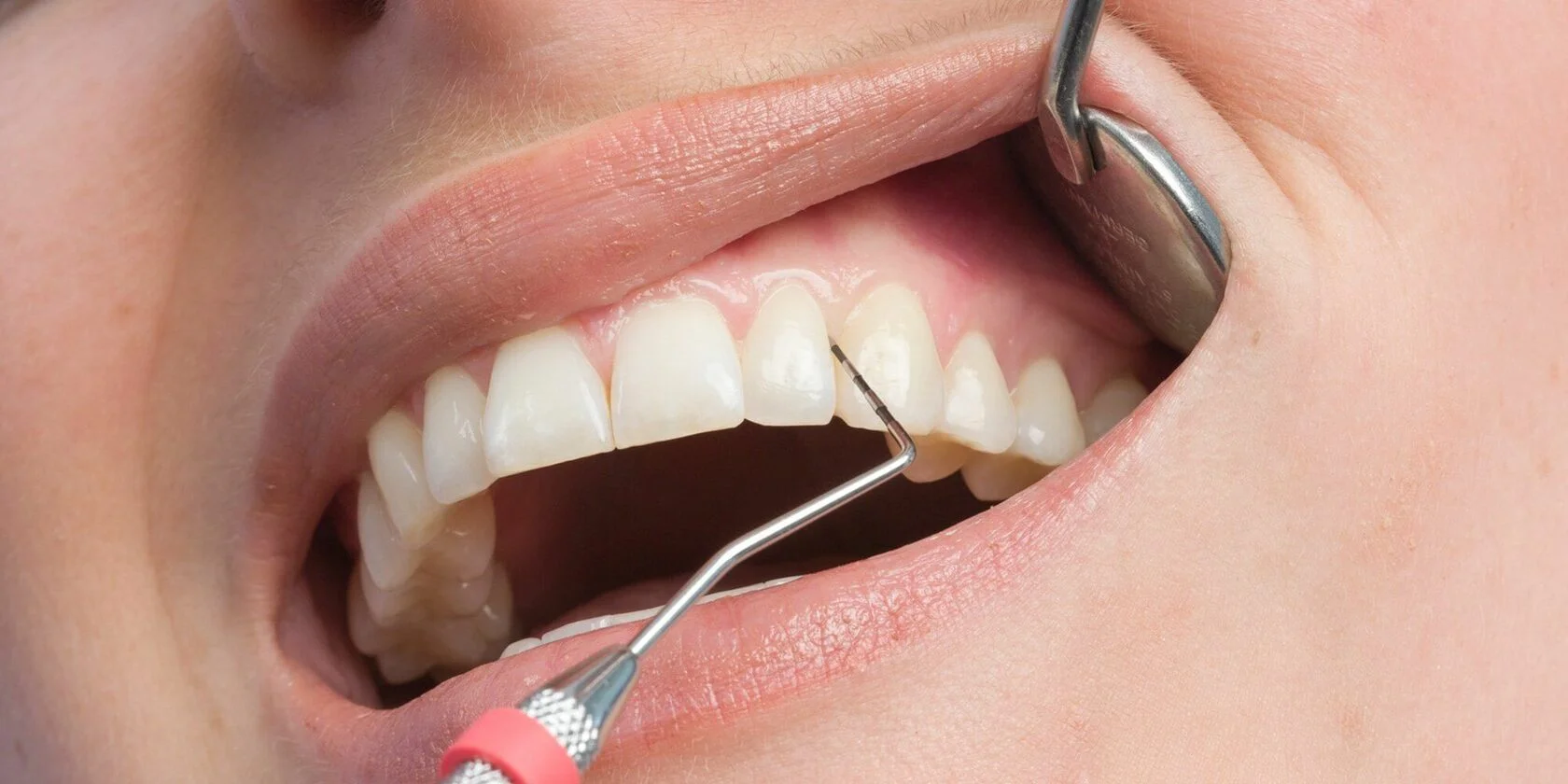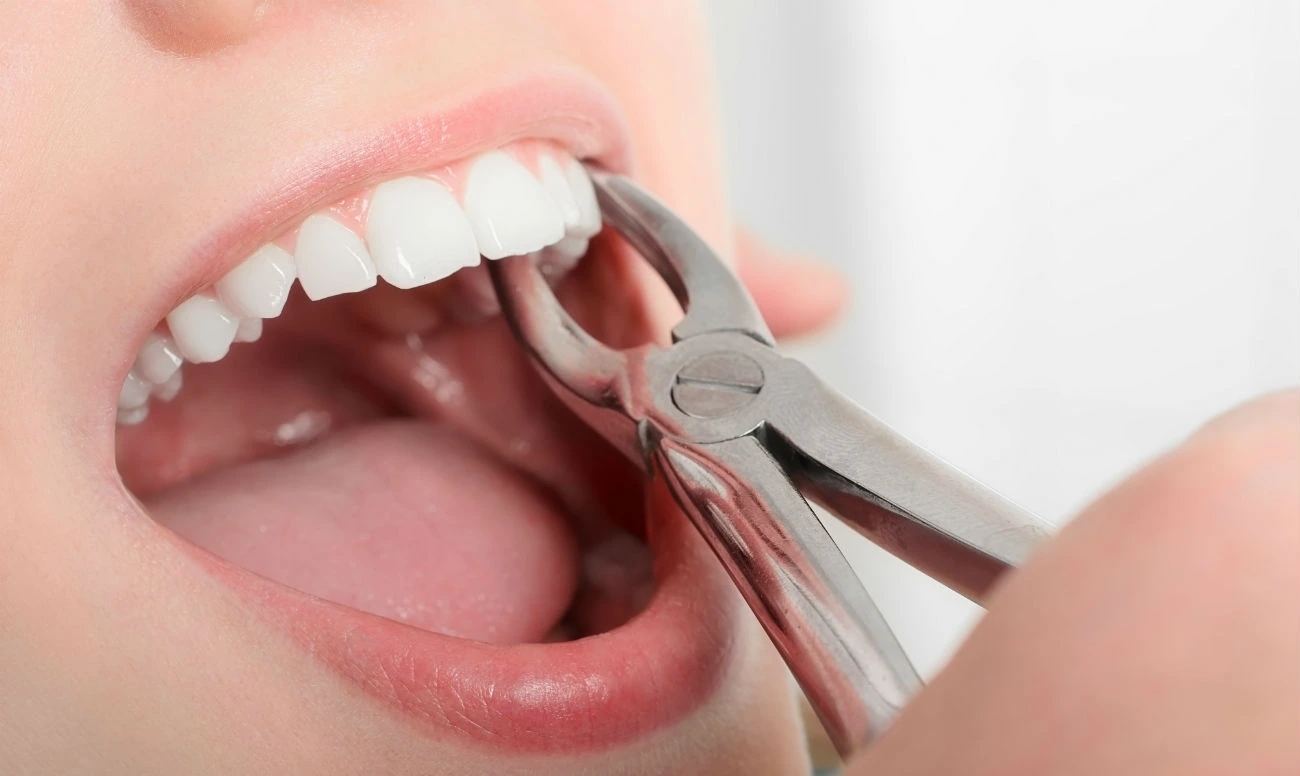Splint therapy

Splint therapy is a method of treatment of diseases and deformities of the maxillofacial region, which uses a special orthopedic device – splint.
Sometimes it is also called an occlusal splint. The splint ensures correct clamping of the teeth, depriving the masticatory muscles of the reason to “push” the lower jaw. Once the teeth feel tight contact with the splint and jaw, the muscles relax (or are deprogrammed) and assume their natural position and size.
This method is used to treat conditions such as bruxism (involuntary teeth grinding), temporomandibular syndrome (jaw joint pain), arthritis and jaw joint dysfunction.
What is the cost of splint therapy?
The cost of splint therapy depends on the degree of complexity. The more complicated the case, the more splints need to be used, and therefore more calculations and tests need to be done. The table below shows the full cost of treatment, including payment for tests in other research centers.
| 1st degree of difficulty | 2nd degree of difficulty | 3rd degree of difficulty | |
|---|---|---|---|
| Cost of treatment | |||
| Treatment includes: | |||
| Axiographic examination | + | + | + |
| 3D scan | + | + | + |
| Digital modeling | + | + | + |
| Cyphalometric analysis | + | + | + |
| Number of splints | + | + | + |
| In addition, during the course of treatment you will need: | |||
| Number of 3D scans (CT scans) | 3 | 5 | 10 |
| Cost of 3D scans ( first scan 13500, subsequent ones 9500 each) | 32 500 | 51 500 | 99 000 |
| Number of MRI examinations | 2 | 3 | 5 |
| Special price for Bas dent patients for MRI studies (one 18900, 3 – 17955, 5 -16600) |
37 800 | 353 865 | 83 000 |
What are the stages of splint therapy?
- Examination of the patient by a gnathologist for preliminary examination of the condition. If there are grounds for further diagnosis – the next stage;
- CT or so-called 3D, as well as MRI examination of the TMJ open and closed mouth on the left and right, saggital and coronal projections;
- Repeated consultation taking into account the results of the examination;
- Taking impressions of the upper and lower jaw, as well as making an electronic model.
- Measurements of individual parameters by a gnathologist using a facial arch and articulator;
- Calculations of mandibular positions and project modeling;
- Splint placement;
- Examination by a gnathologist once every 1.5 months for six months.
Learn more about treatment
Step-by-step treatment plan - find out in advance.

-
How quickly will I get the splint installed?
It usually takes about two weeks from the initial consultation to the installation of the splint.
-
Can TMJ problems be cured with a mouth guard or braces?
No, it’s not possible. On the contrary, such treatment methods can lead to worsening and development of pathology.
What are the different types of splits?

- Relaxing
- Reponizing
- Retention
- Decompression
- Positioning
- Stabilizing
- Combined action.
The type of splint is determined exclusively by the gnathologist.
Sign up
Make an appointment with a gnathologist and get a personalized treatment plan
Read also
Contact us
Send a message
Please fill out the form below so we can provide a fast and efficient service
Contact by phone
-
Branch 1
-
Branch 2
-
Branch 3
-
Branch 4



